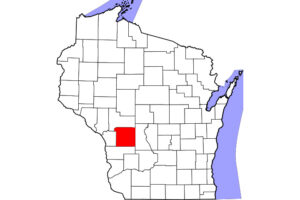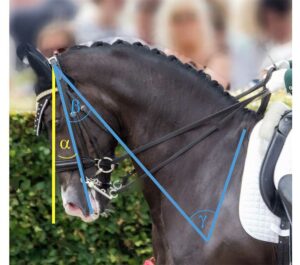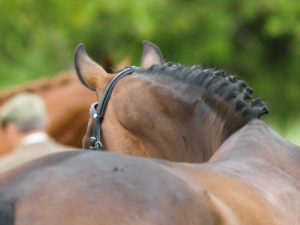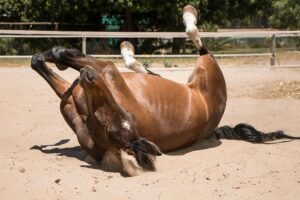Caring for Driving Horses

They might not carry riders on their backs, but they’re athletes just the same
The team of bays deftly maneuvers the water hazard, splashing through a sequence of arcs and figure eights, intermixed with hill climbs and descents back into the water. There may be four of them, but the horses turn in near synchrony with the guidance of their experienced driver and the help of the navigator leaning precariously to keep the carriage upright. Completing the hazard, they surge forward into the canter, headed toward the next challenge on course, a portrait of fitness, stamina, and agility.
Whether it’s pulling a plow or a buggy, going for a pleasure drive, participating in a parade, competing in pleasure classes in a breed show, or contending a combined driving event like the one described, driving poses health considerations both similar to and distinct from those encountered with your typical sport horse.
Basic Care
Rich Forfa, DVM, founder of Monocacy Equine Veterinary Associates, in Beallsville, Maryland, is an FEI veterinarian for combined driving and was part of the vet team for the 2010 and 2014 World Equestrian Games (WEG). Because the basic care for driving horses is similar to that of riding horses, Forfa reminds his clients to follow a wellness program that includes vaccination (with core and risk-based vaccines), deworming, dental exams, and attention to nutrition and hoof care, etc TheHorse.com is home to thousands of free articles about horse health care. In order to access some of our exclusive free content, you must be signed into TheHorse.com. Already have an account?Create a free account with TheHorse.com to view this content.
Start your free account today!
and continue reading.
Written by:
Sarah Evers Conrad
Related Articles
Stay on top of the most recent Horse Health news with



















